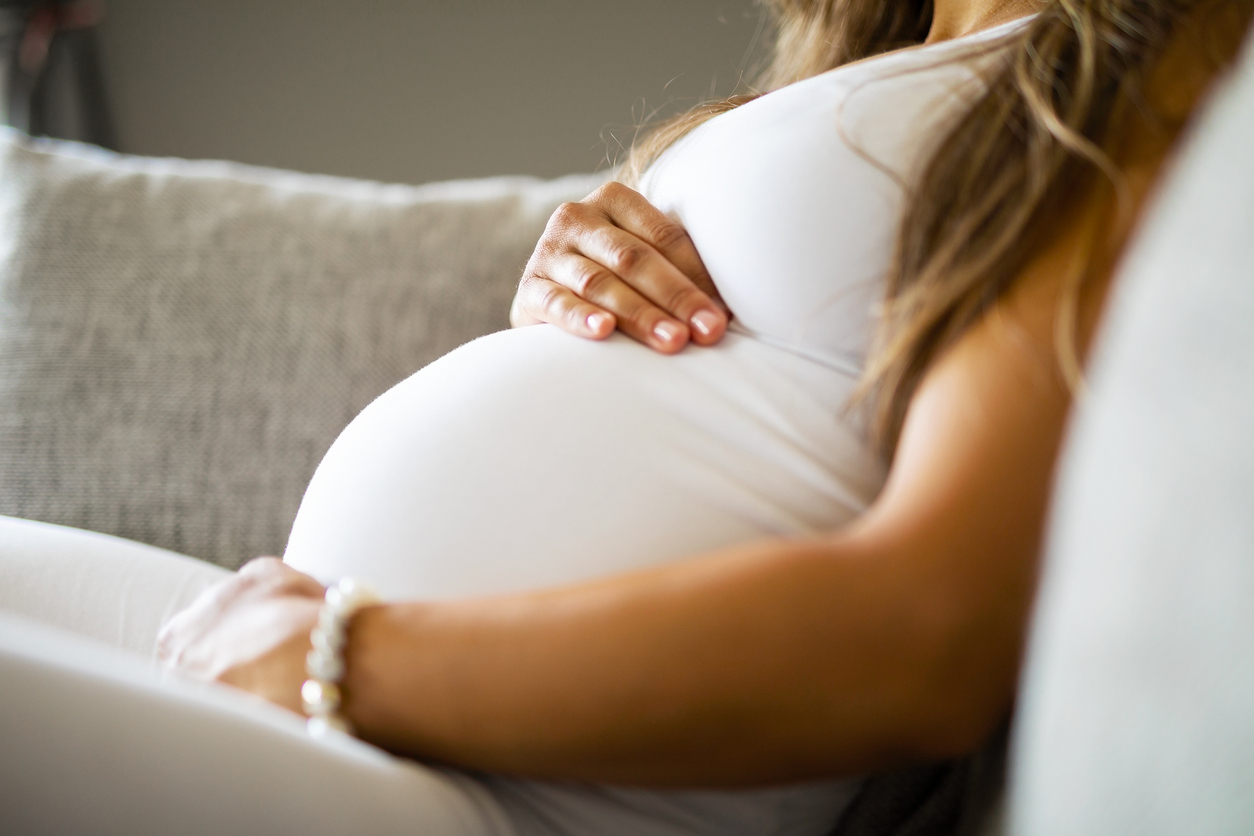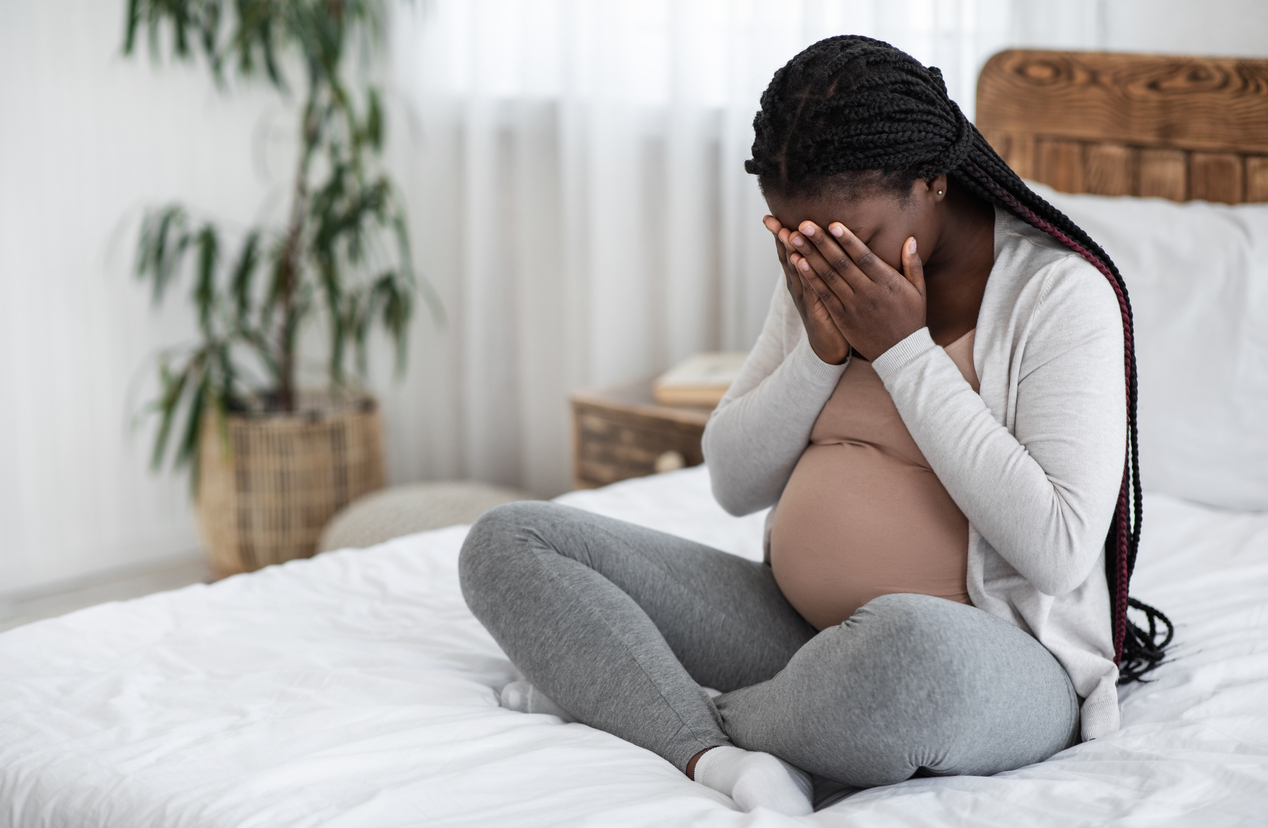
*Descargo de responsabilidad: Los consejos sobre MamásLatinas.com no sustituyen la consulta con un profesional médico o el tratamiento para una condición específica. No debes usar esta información para diagnosticar o tratar un problema de salud sin consultar a un profesional calificado. Por favor contacta a tu médico si tienes preguntas o alguna preocupación.
We wish we could give you all the information you need to know in order to avoid the possibility of stillbirth completely, but that's not possible. The truth is that there is still so much that is not known about what causes a stillbirth and so, the best that we can do is provide you with information to help you understand what is it, what contributes to the risks, why you might be at a higher risk, and how to prevent a stillbirth by making healthy choices during your pregnancy.
More from MamásLatinas: Celebrities who have suffered miscarriages
The rate of stillbirth in the US has significantly declined since the Centers for Disease Control and Prevention started keeping records in 1950. Even with a significant decline, stillbirth is still not uncommon, and as with many things in the US, it disproportionately affects communities of color. Keep reading to learn more about the known causes of stillbirth, how it differs from miscarriage, and how you can up your chances of having a healthy pregnancy.
What is stillbirth?

According to the Centers for Disease Control and Prevention: "A stillbirth is the death or loss of a baby before or during delivery. Both miscarriage and stillbirth describe pregnancy loss, but they differ according to when the loss occurs. In the United States, a miscarriage is usually defined as loss of a baby before the 20th week of pregnancy, and a stillbirth is loss of a baby at or after 20 weeks of pregnancy."
What is the difference between early, late, and term stillbirth?

According to the CDC, the differences between these are as follows:
- An early stillbirth happens during 20 to 27 weeks of pregnancy
- A late stillbirth happens during 28 to 36 weeks of pregnancy
- A term stillbirth happens after 37 weeks of pregnancy
How common is stillbirth?

Sadly, it’s not uncommon. In the US alone, there are about are about 24,000 stillborn babies every year. That is about 1 in 160 births. Worldwide, WHO reports “there are nearly 2 million stillbirths every year, one each 16 seconds.”
What is the difference between stillbirth and miscarriage?

Now that you know how common is stillbirth, it is important to clarify this distinction. Both are pregnancy losses, but if the loss happens before 20 weeks of pregnancy, in the US, that is considered a miscarriage. After, 20 weeks of gestation, a pregnancy loss is called a stillbirth in the US. That’s not necessarily the case globally, though. The WHO defines stillbirth as “a baby who dies after 28 weeks of pregnancy, but before or during birth.”
Is there a difference between a stillbirth and a stillborn?

There really is no difference and many times the terms are used interchangeably. In the US, a baby who is born dead after 20 weeks of gestation is stillborn, so the word stillborn is an adjective in that case. Stillbirth, which refers to the birth of a dead child, is a noun.
Who is at risk for stillbirth?

Stillbirth can happen to anyone and sometimes the reason why stillbirth happened isn’t known. Although, it is something that can happen to anyone, in the US, rates of stillbirth vary by race/ethnicity, with people of color being more affected.
How do rates of stillbirth vary by race/ethnicity in the US?

According to data from 2017 provided by the CDC, these are the rates of stillbirths per 1,000 live births and stillbirths according to race/ethnicity:
- Asian or Pacific Islander, 4.29
- Non-Hispanic white, 4.89
- Hispanic, 5.01
- American Indian/Alaska Native people, 7.22
- Non-Hispanic Black, 10.32
As you can see, the stillbirth rate for non-Hispanic Black women is more than twice the rate than almost all the other groups except for American Indian/Alaska Native people.
Why are some communities of color disproportionately affected?

The March of Dimes explains it like this: "Being a person of color is not a cause for having a stillbirth. However, communities of color are disproportionately affected by racism. Racism and unequal living conditions affect their health and well-being and puts them at higher risk of pregnancy complications, such as stillbirth."
What causes a stillbirth baby?

Sometimes the cause of stillbirths isn’t known. Those cases are referred to as “unexplained stillbirth.” Some common causes of stillbirth include:
- Chromosomal abnormalities in the fetus
- Issues with the placenta, like insufficient blood flow
- Pregnancy and labor complications, like preterm labor and placental abruption
- Umbilical cord problems
- High blood pressure or other health issues in the mother
What conditions or circumstances increase the risk of having a stillborn baby?

The CDC reports that stillbirths occur more commonly to certain groups women including those who:
- Are Black
- Are 35 years or older
- Are of a low socioeconomic status
- Smoke cigarettes while pregnant
- Have high blood pressure
- Have diabetes
- Are obese
- Are having multiples like triplets or quadruplets
- Have experienced pregnancy loss before
What are the risks of stillbirth by week?

The risks of stillbirth by week increase drastically when a woman continues to carry her baby after 40 weeks. For example, one study found that “from weeks 40 to 41, the risk of stillbirths increased 64% compared with delivery at 37 weeks gestation.” If your pregnancy is continuing past term, you can discuss being induced or having a cesarean section with your doctor.
What are the symptoms or warning signs of stillbirth?

The most common warning signs of stillbirth include:
- You stop feeling the baby moving and kicking
- Cramping
- Spotting or bleeding
What should you do if you experience common signs of stillbirth?

Go to your health care provider or the emergency room immediately. Your health care provider can check for a fetal heartbeat with a stethoscope or Doppler as well as perform an ultrasound to give you a diagnosis.
If a stillbirth is diagnosed before you give birth, how is it treated?

Your health care provider will discuss your options with you. Depending on how far along you are in your pregnancy, your overall health, and your wishes, those options may include dilation and evacuation, inducing labor, or a cesarean section.
How to prevent stillbirth?

So much of what causes stillbirth is still not understood, so prevention is difficult. What you can do is try to up your odds of having a healthy baby. The American Pregnancy Association tells us how to prevent stillbirth by recommending the following:
- Do a daily kick count starting at 26 to 28 weeks of pregnancy. This involves making time each day to record your baby’s movements so that you can know what is normal for your baby and notice if there is a change. If there is a noticeable or sudden decrease in movement, get in touch with your health care provider.
- Stay away from drugs, alcohol, and cigarettes as they can increase the risk of stillbirth.
- Get in touch with your health care provider if you have vaginal bleeding during the second half of your pregnancy.
- If you have had a stillbirth before, you should be monitored closely throughout your pregnancy.

